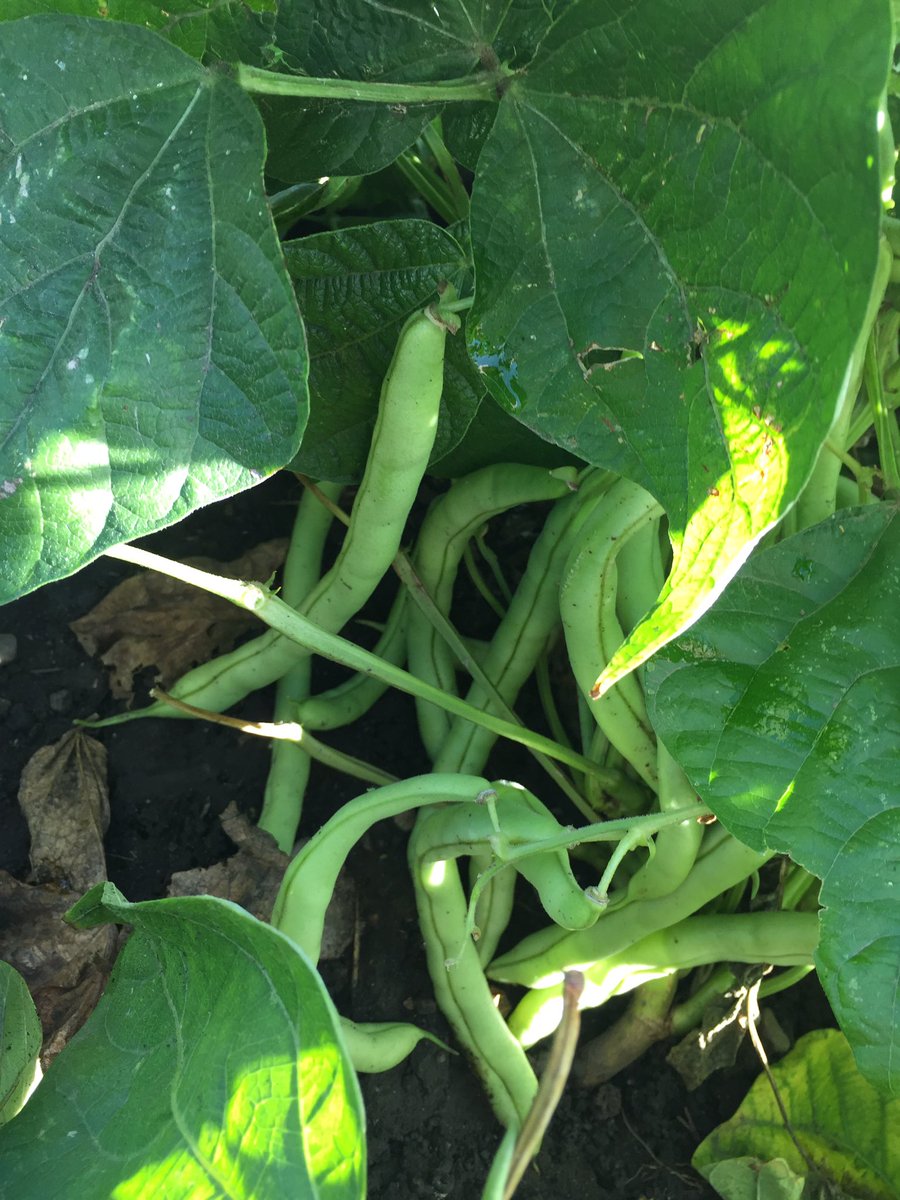Starting Your School Garden
School gardens are blossoming across the country. Over the past decade, school gardens have grown from a rarity to a well-known concept that continues to gain traction in schools small and large, public and private, rural and urban.
Their proliferation makes perfect sense as soon as you start to investigate the benefits of gardening with students. First and foremost, school gardens teach students how to grow and harvest their own food, which is perhaps one of the most vital skills a person can possess. Additionally, research shows working in school gardens can:
- Increase students’ science achievement scores,
- Improve social skills by cultivating empathy and teamwork,
- Increase students’ knowledge of nutrition and their willingness to consume fresh produce
- Improve emotional literacy,
- Develop a sense of community and responsibility, and
- Instill a lifelong appreciation for the natural world.
In providing hands-on learning opportunities, school gardens also cater to students with diverse learning styles. As a result, they have been shown to engage and focus students who may otherwise exhibit disciplinary issues in the classroom. Gardens also can beautify a school’s campus and instill a sense of school pride in students, teachers, and administrators. These benefits should encourage anyone – teacher, administrator, parent, or student, to advocate for designing a school garden at their own school.
Select a site
Once you have approval, it’s time to get serious about garden design. Start by choosing where the garden(s) will be located. Consider a number of factors, including whether the site is accessible to both students and teachers, has a nearby water source, gets enough exposure to sunlight (aim for a minimum of six hours of sun exposure each day), is large enough to allow for future growth, and has soil that is of good quality for growing flowers and vegetables.
Design the garden
Before planting anything, it’s important to think about what kind of garden you want to create, what size it will be, and how you will utilize that space.
Start by deciding on a garden type: Will you plant directly in the soil, build raised beds, or plant in straw bales or containers? The site you select will help determine your options. Speaking with students, teachers and administrators should give you a good sense of which type of garden best suits everyone’s needs. If you feel a bit lost, it may be worthwhile to consult a professional. Once you’ve settled on a garden type, it’s advisable to draw up some garden designs. Ideally, you’ll want to solicit feedback from as many of the stakeholders as possible (think students, teachers, and administrators) in order to make sure that the design suits various needs.
The sketch should include the dimensions as well as where the site is relative to water, equipment, compost, and so on. You’ll find yourself referring to this repeatedly as you decide what and where to plant. While you’re at it, start thinking about how you will tackle soil preparation, garden maintenance (such as weeding and watering), waste reduction (such as composting), and so on. Prepare a maintenance schedule and a list of reliable volunteers before putting the first plant in the ground.
In the next article, we’ll explore other challenges when planting your garden and how to care for it over the summer.





